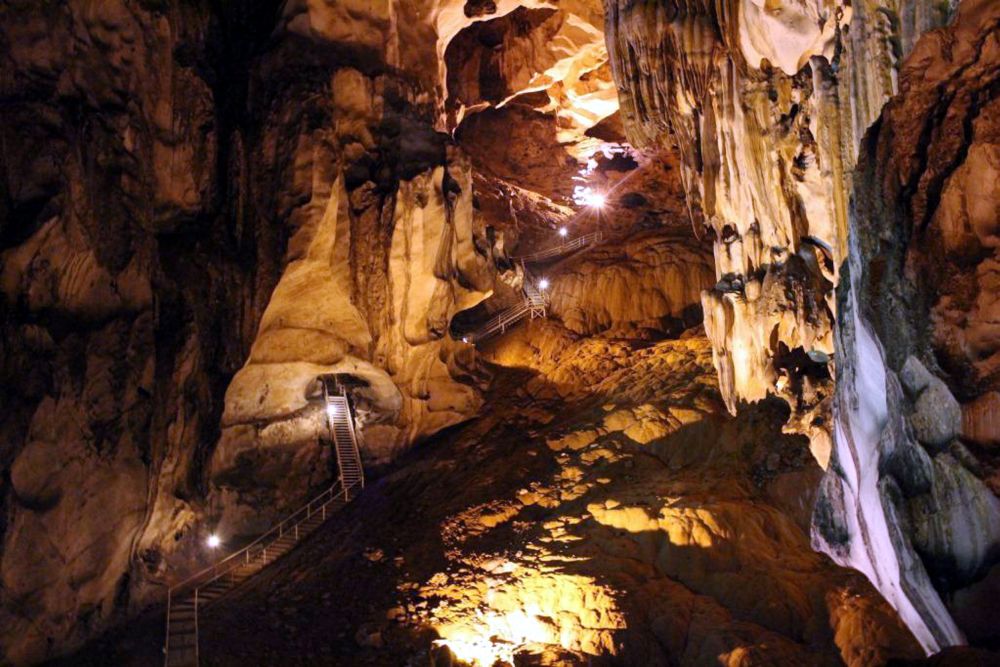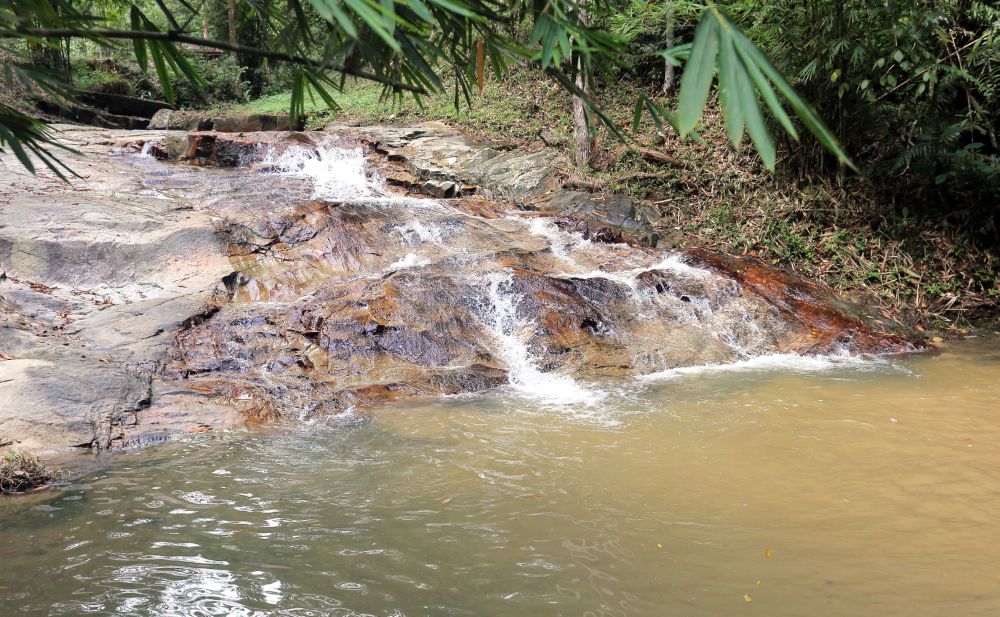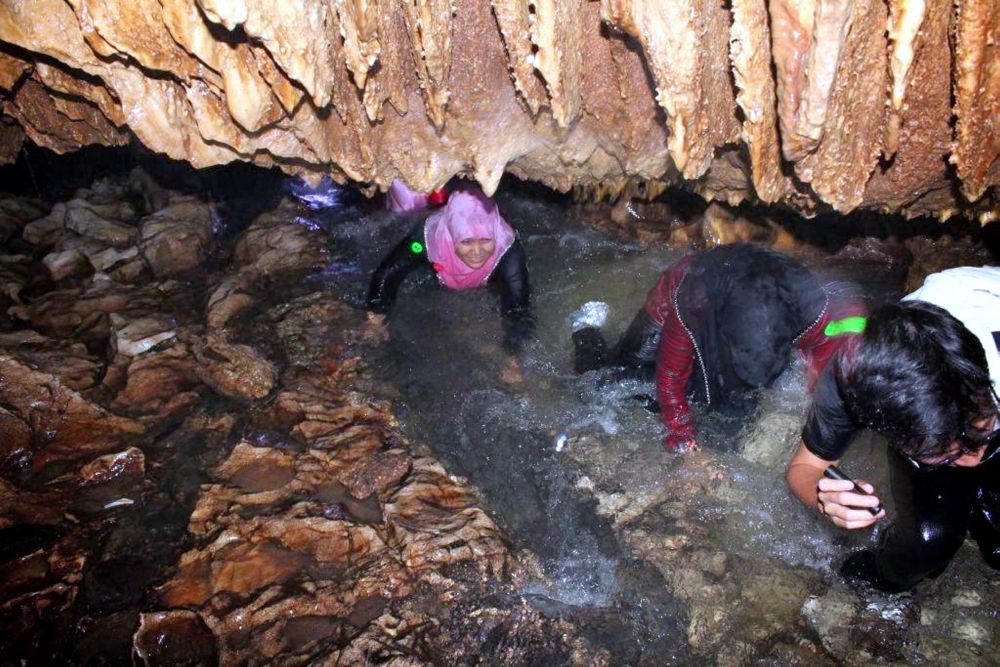IPOH, Nov 3 ― Situated in between the Kledang Range and Titiwangsa Range, the Kinta Valley national geopark is a great spot for nature explorers.
Kinta Valley is the country’s second national geopark after the Langkawi’s Unesco Global Geopark, which is located in the northern state of Kedah.
The geopark in Kinta Valley covers an area of 1,952 kilometres per square and encompasses two districts in Perak — Kinta and Kampar.
State tourism, arts and culture committee chairman Tan Kar Hing said the area was suitable to be developed into a geo-trail as it had unique hills and mountains, with a mining heritage, geology history and other attractive natural landscapes.
“This will attract local and foreign tourists to visit the geopark,” he said.
Tan added the state government would place the Kinta Valley Geopark under the management and observation of the Perak State Park Corporation (PSPC) in order to have continuous preservation and conservation programmes.
“We are planning to form a Perak Tourism Action Council to support the PSPC in managing and preserving the identified heritage locations,” he added.
The geopark has an extensive system of trails for hikers and cavers who want to get close with nature.
Here one can find rugged terrains, limestone, stalactites, Neolithic wall paintings and an impressive number of waterfalls and green lakes.
There are 18 sites in the area and Malay Mail has listed some you should visit when you are in Perak.
Gua Tambun
Tambun Cave is on the west bank of Gunung Panjang, which has a high cultural scientific value.
Visitors can see prehistoric wall paintings that was painted using hematite. The hematite was produced by fermenting iron ore found in the area.
The cave paintings are believed to date back 3,000 years, though some claim they could even be 12,000 years old.
They are Southeast Asia’s largest hematite Neolithic rock art, and believed to be the only drawings of their kind in Malaysia.

Gua Tempurung
The limestone hill is about 578 metres high and formed roughly about 1.59 million years ago (early Pleistosen).
It is also the largest limestone cave in Peninsular Malaysia with the length of the cave network approaching 1.9km.
Part of the cave has lighting and walkways. The cave is popular among spelunkers and cavers.
Visitors can enjoy a breathtaking view of stalagmites, stalactites and other forms of rock that are native to the area.
The cave was once used for mining activities in the 19th century and also occupied by communist guerilla forces as their hiding place during the Emergency era before Independence.
Some of the items left behind by miners and wall drawings done by the communists are open for viewing.
Gua Naga Mas
The Naga Mas cave is located in Gunung Pua near Gopeng town.
The limestone in the cave is white in colour and it is also known for its stalagmites and stalactites.
However, the main attraction is a 98-centimetre long prehistoric animal fossil that was uncovered on the cave ceiling.
Experts believe that the animal was a vertebrate and a mammal dating back between 2.5 million and 11,000 years ago.
The fossil was one of the most complete mammal skeletons of its age in Southeast Asia.
Gunung Korbu
If you are a hiker and love adventurous activities, this is the best place for you.
The height of the mountain reaches 7,162 feet above sea level, which is equivalent to 2,183m. This is the highest peak found in the Titiwangsa Range.
Hiking is the main activity here, but visitors can also enjoy a river cruise, night walks, camping and sky walking.
However, it is advisable to have a guide with you as you can easily get lost in the hills.
Gunung Lang
This is another limestone hill which is near Ipoh.
The former tin mining area caused the place to be filled with water naturally and it is now a green lake.
The hill is not exactly a place for hiking or adventurous expeditions, but it is more of a recreational place for people to wind down.
Visitors have to get a boat ride to reach a small island located there.
Tickets are priced RM3 and below per person.
The island offers a mini zoo, mini bird park, Perak house tower and children’s playground. Among the animals to be found are birds, peacocks, porcupines, emu, deer, and ostriches.

Jeram Papan
The place is in Hutan Lipur Papan, which is about 5km from Batu Gajah.
The site has a waterfall with several slopes. It is a place for visitors to cool off.
The uniqueness of the waterfall is that the rocks, which were found in the water, are the same bright gray granite rocks in the Kledang Range.
The place is also known for the Papan Herb Park, which is specially established for the purpose researching flora that are related to herbs.
Batu Berangkai Waterfall
The waterfall is in Kampung Batu Berangkai, Kampar.
The length of the waterfall is about 700m and it has a diversity of morphological features.
Naturally-forming potholes on the granite rocks can also be spotted in the area.
Visitors can have a cooling experience as the waterfall has some natural slides with a tranquil pool.






















